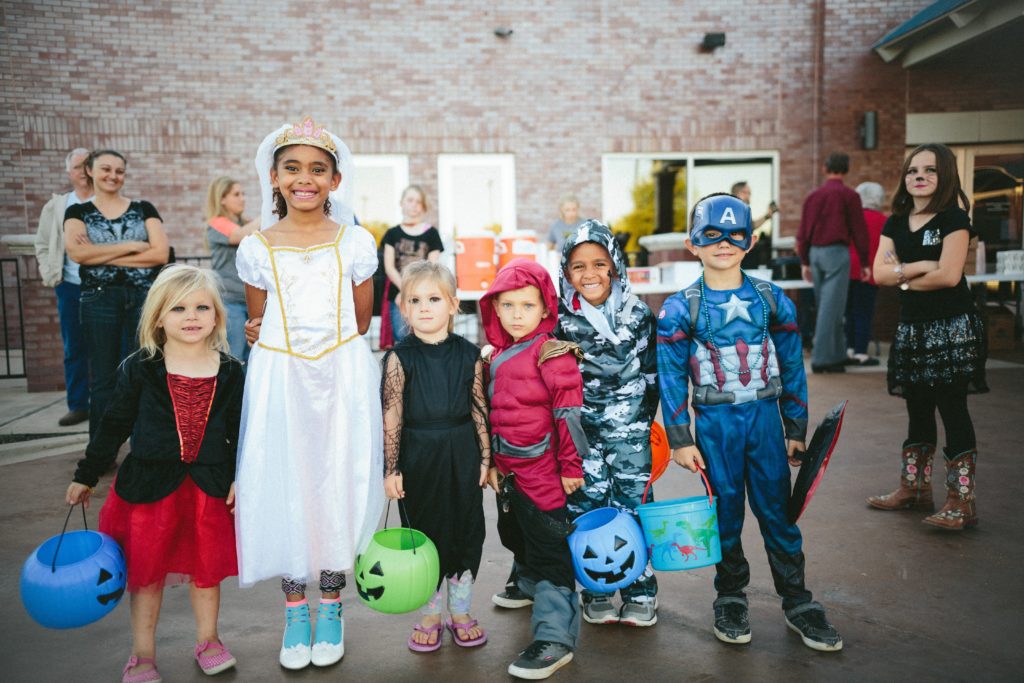It’s trick or treat time! It’s the Halloween phrase. Have you ever wondered why small ghosts and goblins say that when they walk from house to house looking for candy?
According to History.com, Halloween may be traced back to the pre-Christian Celtic holiday of Samhain, which took place on October 31st. On Samhain, the ancient Celts thought the dead returned to earth, and they would commemorate the occasion with bonfires and other rituals. People dressed up in costumes during some events, often picking ghosts and devils to play the parts.
The early Christian church despised the pagan festival and sought to replace it with its own, declaring Nov. 1 as All Hallows Day or All Saints Day, a day to commemorate Catholic saints. However, the day was commemorated in the same fashion, with bonfires and masquerades. People would also pay visits to their neighbors in exchange for “treats” in exchange for praying for their loved ones’ souls. In exchange, the guests would frequently tell a joke or perform a “trick.”
Halloween was not observed by the early colonists, many of whom were religious Puritans. The practice was popularized by Irish immigrants who arrived in America in the 1840s, and it quickly expanded across the United States. Fireworks, ghost stories, and general mayhem were all part of the early celebrations. The Irish also imported the tradition of Jack O’ Lanterns, which are carved pumpkins (although in Europe they used turnips) that are believed to ward off evil spirits.
The American holiday grew entwined with the English custom of “guising,” in which the impoverished would go door-to-door asking for money, and before long, young people – and pranksters – were going door-to-door looking for treats.
The phrase “trick or treat” was first used in 1934, when a Portland, Oregon newspaper published a story about local kids pulling several Halloween pranks. The slogan eventually made its way into greeting cards, and by the 1940s, it was widely used during the Christmas season.


Check out our other Blogs here.
